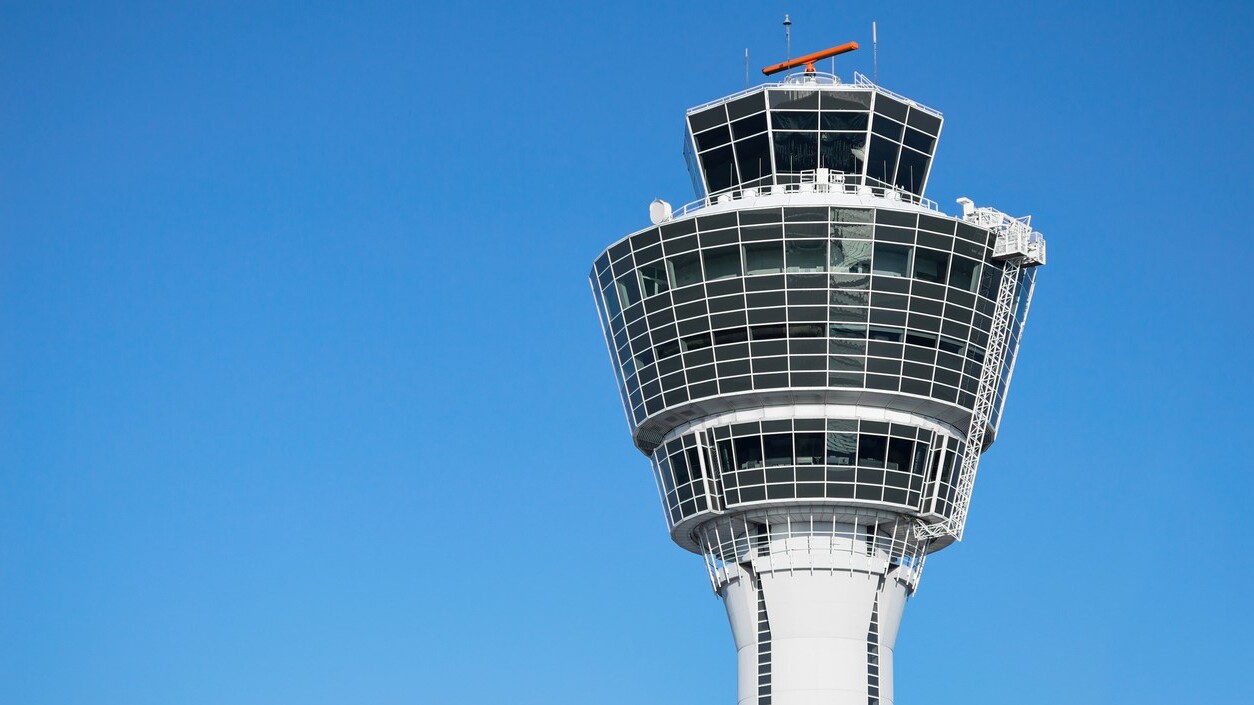
Ever wondered how planes land and take off so smoothly? The answer lies in the control towers. These towering structures are the nerve centers of airports, guiding pilots safely through the skies. Control towers are equipped with advanced technology and staffed by highly trained air traffic controllers who manage everything from weather updates to runway assignments. They ensure that every flight operates without a hitch, coordinating thousands of flights daily. Without these towers, air travel would be chaotic and dangerous. Get ready to learn some amazing facts about these vital structures that keep our skies safe and our flights on time.
What is a Control Tower?
Control towers are essential hubs for managing air traffic, ensuring safety, and coordinating flights. They play a crucial role in aviation, but there's more to them than meets the eye.
- Control towers are usually located at airports to provide a clear view of the runways and surrounding areas.
- The first control tower was built in 1920 at Croydon Airport in London.
- Air traffic controllers working in control towers are responsible for directing aircraft during takeoff, landing, and taxiing.
- Control towers use radar, radios, and other communication tools to monitor and guide aircraft.
- The height of control towers varies depending on the size of the airport and the surrounding terrain.
How Do Control Towers Operate?
Understanding the operation of control towers can shed light on their importance in aviation. These towers are equipped with advanced technology and staffed by skilled professionals.
- Control towers operate 24/7 to manage air traffic at all hours.
- Controllers in the tower communicate with pilots using specific radio frequencies.
- The primary goal of a control tower is to prevent collisions and ensure the safe and efficient movement of aircraft.
- Control towers coordinate with other air traffic control facilities, such as approach and departure control centers.
- Weather conditions are closely monitored by control towers to provide pilots with up-to-date information.
The Technology Behind Control Towers
Modern control towers are equipped with cutting-edge technology to assist air traffic controllers in their duties. This technology enhances safety and efficiency in air travel.
- Radar systems in control towers track the position and speed of aircraft.
- Automated systems help controllers manage flight data and schedules.
- Advanced communication systems allow for clear and reliable communication between controllers and pilots.
- Control towers use surveillance cameras to monitor airport grounds and runways.
- Some control towers are equipped with remote tower technology, allowing controllers to manage air traffic from a different location.
The Role of Air Traffic Controllers
Air traffic controllers are the backbone of control towers. Their expertise and quick decision-making skills are vital for maintaining order in the skies.
- Air traffic controllers undergo rigorous training and certification processes.
- Controllers must have excellent communication skills and the ability to multitask.
- They work in shifts to ensure continuous coverage of air traffic control services.
- Controllers use standardized phrases and procedures to communicate with pilots.
- Stress management is crucial for air traffic controllers due to the high-pressure nature of their job.
Interesting Facts About Control Towers
Control towers have a rich history and some fascinating aspects that might surprise you. Here are a few more intriguing facts.
- The tallest control tower in the world is at Suvarnabhumi Airport in Bangkok, standing at 132.2 meters (434 feet).
The Final Word on Control Towers
Control towers are more than just tall structures at airports. They play a crucial role in keeping air traffic safe and efficient. These towers house air traffic controllers who guide planes during takeoff, landing, and while they're in the air. Without them, the skies would be chaotic.
From the first control tower in Cleveland to the modern, high-tech towers today, these structures have evolved significantly. They use advanced technology to monitor weather, communicate with pilots, and ensure that everything runs smoothly.
Understanding the importance of control towers gives us a greater appreciation for the complexity of air travel. Next time you see one, remember the vital role it plays in keeping everyone safe.
So, whether you're a frequent flyer or just curious, knowing these facts can make your next trip a bit more interesting. Safe travels!
Was this page helpful?
Our commitment to delivering trustworthy and engaging content is at the heart of what we do. Each fact on our site is contributed by real users like you, bringing a wealth of diverse insights and information. To ensure the highest standards of accuracy and reliability, our dedicated editors meticulously review each submission. This process guarantees that the facts we share are not only fascinating but also credible. Trust in our commitment to quality and authenticity as you explore and learn with us.


